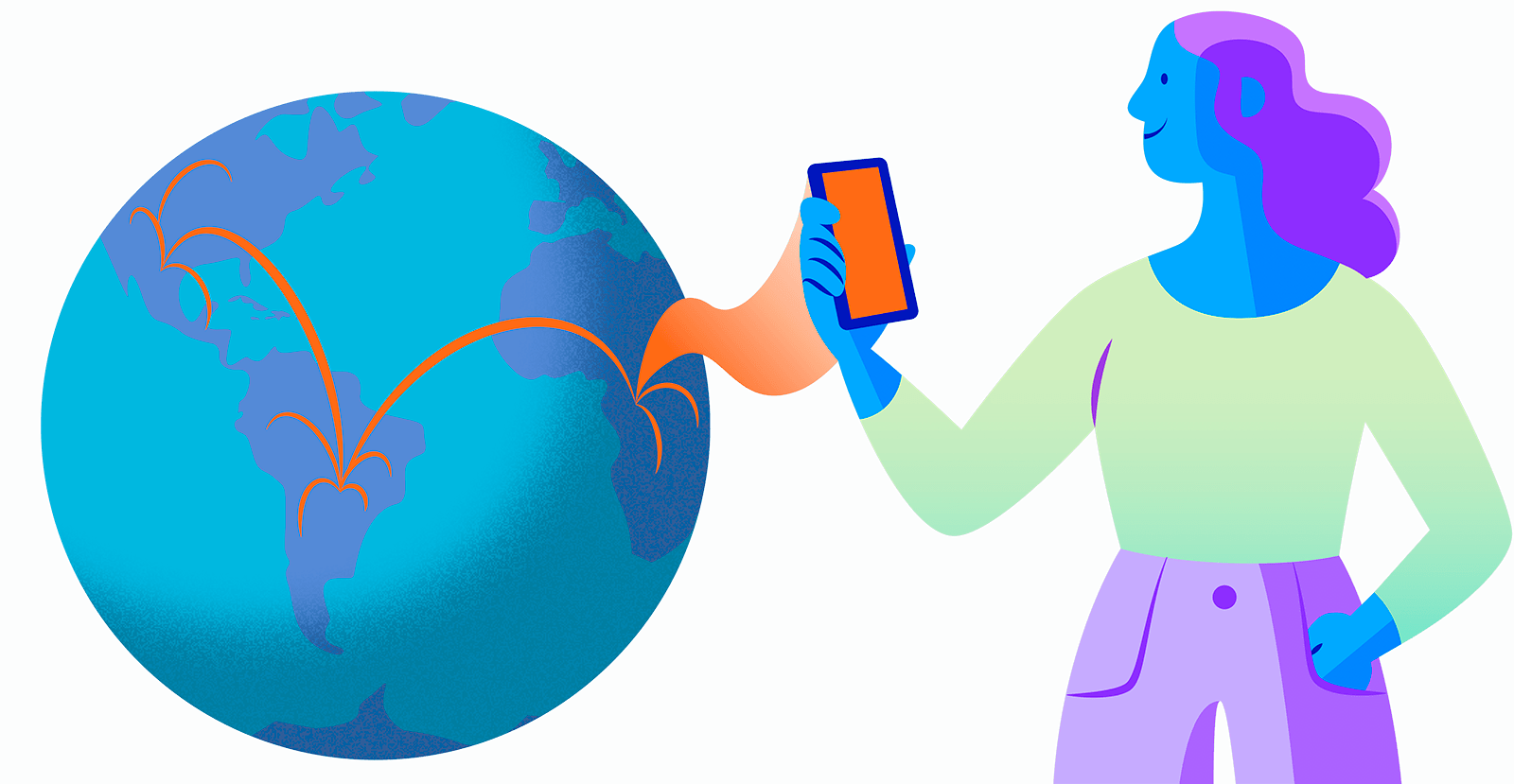A byproduct of technological evolution, telecommunications has had a major impact on society. The ability to collect information from nature, factories, consumer trends, and granular human behavior has also influenced progress in medicine. Now that telecom has entered the arena of medical care, it has become a driving factor in enabling us to live longer and better lives.
- Telemedicine
Telecommunications reduce distances, which allows doctors and patients to exchange information without being in close physical proximity. This leads to the democratization of healthcare, bringing medical knowledge and help to everyone.
Imagine a clinic with doctors who are missing a particular specialty. With telecom technology, they can contact a specialist from any other part of the world to instruct them on procedures and conduct in emergency cases.
- Robotic Precision
At The MedStar Washington Hospital Center, robots monitor and measure doses of medication for patients. This increases the safety of the process, reduces service time, and decreases dosing errors and waste due to pharmaceutical expiration. Because the robots are connected to a centralized data system, they know which medicines to use first by identifying and sorting the expiration date.
But what about the future? With the arrival of 5G connectivity, the industry will see a further leap in the relationship between telecommunications and medicine.
- The Future: The Internet of Nano Things
The Internet of Nano Things (IoNT) is very similar to the Internet of Things (IoT), but on a microscopic scale. Nanoscale technology is powered by connected devices, indiscernible to the naked eye, which send real-time data and are ready for immediate action in medical situations. Here are some of the innovations the technology is expected to provide:
- Real-Time Testing
A less invasive way to see what is happening inside the body, nanosensors monitor and report any change in a patient’s condition in real time. These nanosensors can immediately administer medications and trigger procedure workflows to contain emergency situations.
- Public Places to Monitor Diseases
Imagine a city’s entire population connected by nanoscale devices. Health agencies would be able to identify the number of patients and the rate of contagion in real-time, equipped to act very quickly to control the situation and contain the risk to patient health.
- Device Connectivity
People in at-risk groups, such as diabetics, could immediately know their blood sugar level via their smartphones that communicate with the nanodevices in their bodies. People with heart problems would receive real-time alerts on any change in the heartbeat. The nanodevices could even call for emergency services with GPS location capabilities.
- Combating Diseases on a New Scale
In another potential application, these devices could help fight diseases such as cancer by administering drugs more effectively and providing extremely accurate information about a tumor’s condition. Nanoscale technology could elevate how the health industry combats viral and genetic disease on a new scale.
If you want to know more about IoNT and its impact on the industry, this video explains how synthetic biology is becoming a by-product of nanotechnology:
IoNT is not yet a reality. However, the evolution of telecommunications may soon create a future in which this technology expands boundaries in healthcare sooner than we can imagine.
All of these applications will change the way our society delivers healthcare solutions. In fact, many companies and governments are already aware of the technological potential. They are betting on strategic partnerships with specialized third-party solution providers for infrastructure that supports the latest technologies and meet the demands for today’s connectivity — with eyes focused on the possibilities of tomorrow.
Would you like to receive QMC Connects content directly to your e-mail? Just subscribe to our newsletter.






